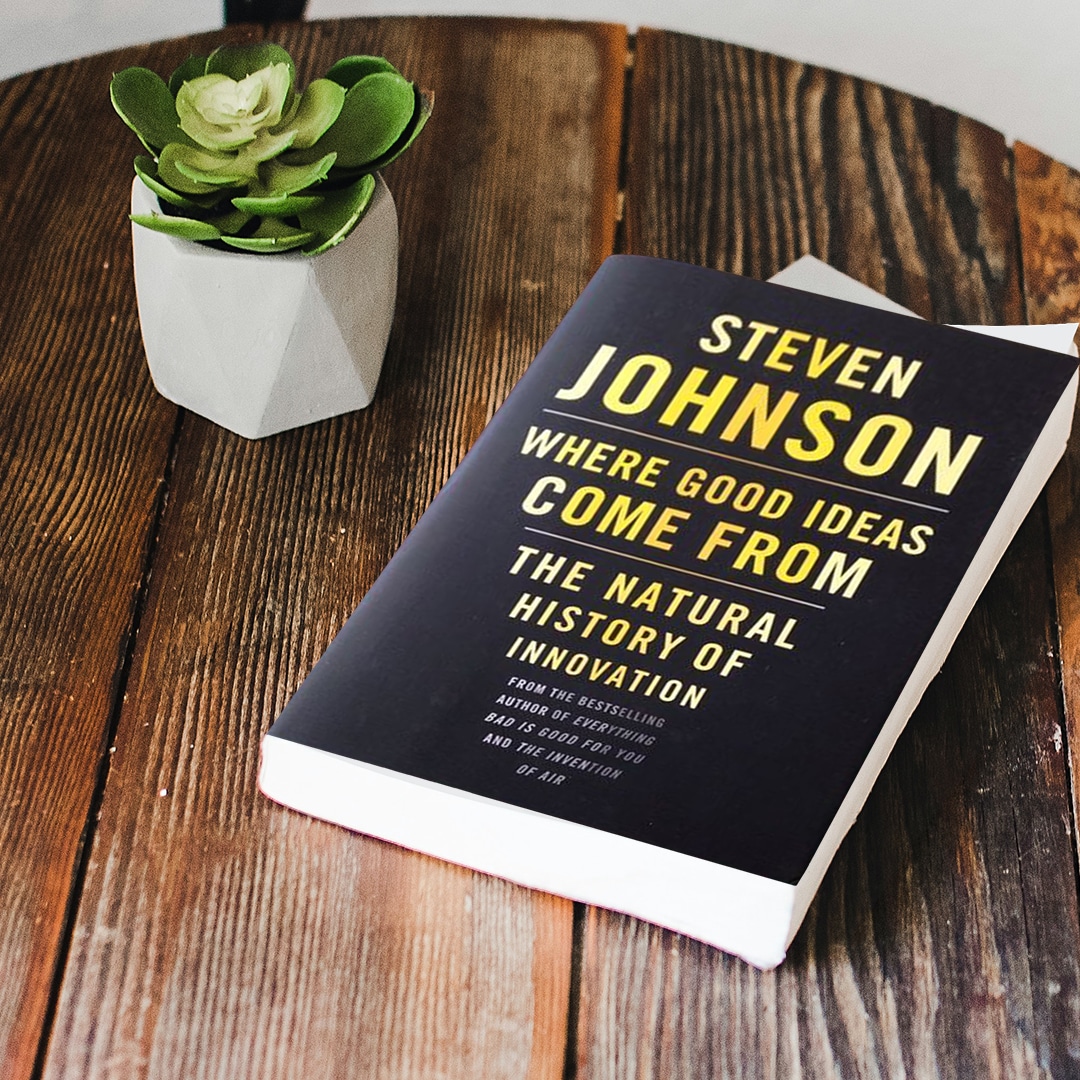Innovations do not emerge from single Eureka moments. They emerge from conducive conditions in the environment surrounding them. How they emerge and grow is the subject of Where Good Ideas Come From, by Steven Johnson.
An example of the above is eBay. What appeared quite innovative at the time would not have been achievable without the “adjacent possible”. The inventions of the internet, world wide web, digital photography, and online payment methods all had to be in existence in order for the eBay disruption to occur.
Imagine the founders of YouTube having to invent encoded digital video file formats, the internet, the world wide web, and social media as well as the innovation of sharing video to a mass market. This is a big ask.
Johnson identifies a number of ways invention and innovation develops. He looks at mental models many we do not recognise in ourselves, or we recognise all too well but fail to act on them or do anything about building upon them or nurturing them.
An example in the slow hunch. Referencing Kahneman’s fast and slow brain concept, Johnson reveals how a hunch can be a powerful first principle if harnessed and built upon over a long period of time if needs be. The building blocks are further hunches, evidence, and knowledge as we accumulate them. A hunch kept snowballing over a long period of time is able to connect and network to form a mature idea.
Another concept is the keystone innovation. This is something that can allow other innovations to develop within an ecosystem as platform. An example of this is the GPS which was originally developed by the military but was made available to developers and entrepreneurs to build upon with their own innovations within areas such as gaming, entertainment, marketing, and advertising as well as public safety. This is why Open Data is such a valuable gift that Governments and Corporations can give to the Entrepreneurial community and society at large.
Johnson goes back to examples from antiquity and biology to introduce his observations. I found this useful as it removes the technology and allows a more organic view of their nature. An example is being the way carbon acts as a molecular connector to facilitate life. He uses this to introduce how cities and other working environments can be seen as organisms that facilitate the connection and distribution of ideas outside of individuals and organisational networks.
It isn’t all smooth sailing for the good ship innovation. Johnson identifies the restrictive nature of commercial law and the effect of market forces on innovation that threaten efficiency and reward demotivating ideas generation and invention. The book is certainly in favour of more freedom in markets and collaboration leaving me to wonder what the rates of new ideas under conservative versus progressive governments are.
There is a common theme throughout and that is the importance of networks and connections. Johnson often cites environments that can nurture connections, and environments that allow connections to occur randomly as well as systematically. However, there is a place for serendipity. Johnson devotes a section that looks at how pure serendipitous luck can seed ideas and create opportunities.
There is a role too for errors as being generators of innovation. Certainly, the adage of learning by mistakes is obvious but Johnson goes deeper to more catastrophic errors that spawn new strategies and force us to jettison old assumptions. We must be open to allowing this to happen in our own organisations, encouraging growth mindset and reducing fear of mistakes in what we and our teams produce and in our processes.
Fittingly the author concludes by seeing how looking back to re-invent the old, or re-adapting innovations of the past to create something new or improved. An example of this is how the Gutenberg Press used technology from grape presses thus turning wine into words for mass consumption.
Where Good Ideas Come From by Stephen Johnson is a useful history of evolution, innovation and ideas. It is presented in a way that teaches us how to be mindful of our own thinning and how we as organisations can structure and engineer our environments to nurture innovation networks. It reminds us how acceptance of errors, and our ability to look enquiringly upon the everyday for opportunities to generate ideas and have them grow.




